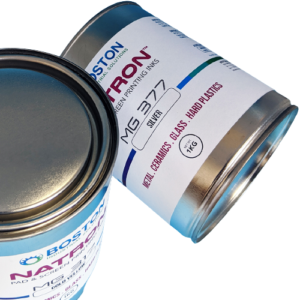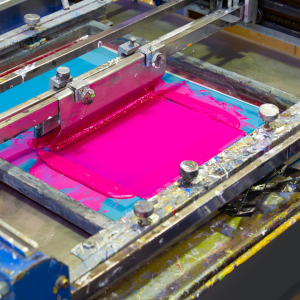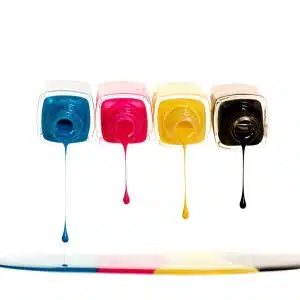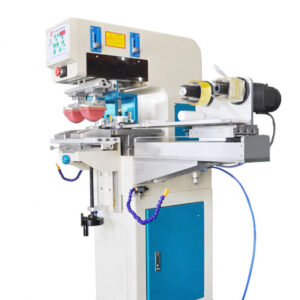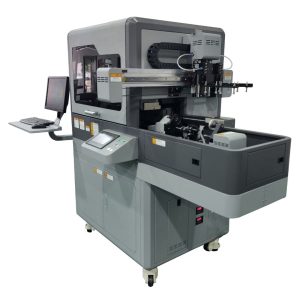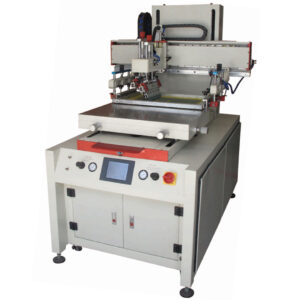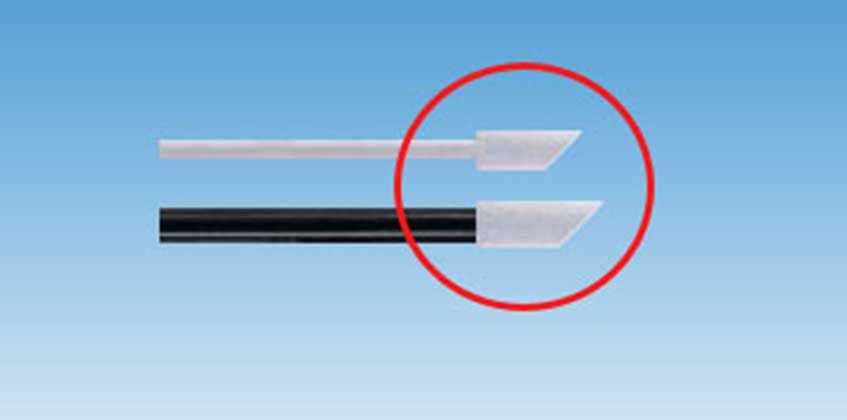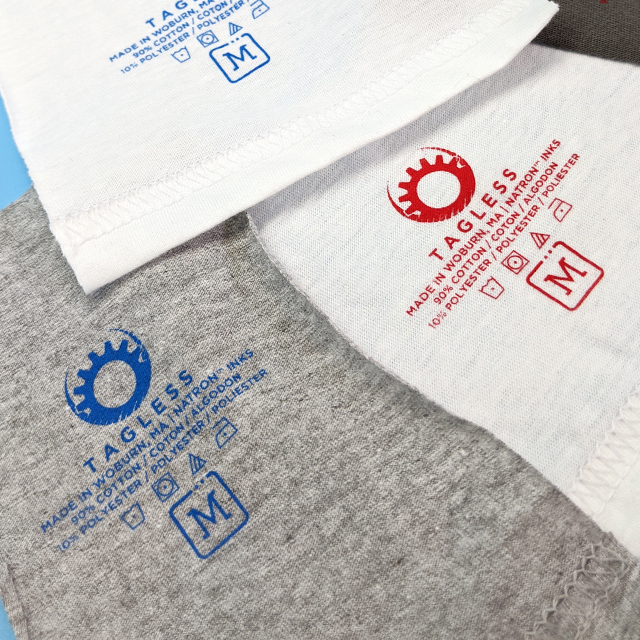What is tagless printing?
Learn more about tagless printing, inks, supplies, and pad printing machines. For any additional questions, contact us +1 (781) 281-2558!
Tagless printing is the process of imprinting a care tag, label or a logo directly onto a garment rather than utilizing sewn labels or tags. The term Tagless printing is broad by definition. It encompasses screen printing labels, heat transfer labels, and pad printing labels onto garments or t-shirts or any other worn clothing. In this article we will review pros and cons of each of these processes of imprinting a tagless label onto a garment or textile and explain in detail What is tagless printing.
Sewn in textile labels: Let’s rip em!
We wear clothes with clothing tags almost daily and never think about them. Where did they come from? According to tedium.co in an article Let ‘Er Rip, sewn in textile labels were as a results of two major forces: Unions and regulators. Without getting much into details, the initial use of labels was a way for labor unions to show their strength. Union labor groups used sewn in labels to highlight the higher product quality compared with products made elsewhere. In 70-80’s ILGWU, used the tags almost as a branding strategy for the union. Later, law took effect on using these tags for care instructions. The largest innovation of the care label came in 1997 when the industry introduced care icons, which was adopted by FTC.
Learn more about tagless printing solutions
Fast forward to 2002, the underwear company Hanes convinced millions of people that a tagless T-shirt, with necessary washing data printed directly on the shirt, was a major innovation. This is where we are today. The only difference is the application method; heat transfer aka thermal labels, pad printed tagless labels and now screen printed tagless labels. Let’s delve in each of these tagless application methods.
Challenges of Sewn in labels:
Sewn in labels had the largest market share for the longest time. These tags are still in use on high end textiles. The challenges for the sewn in labels are:
- Long lead time,
- Thermal labels were also costly to apply (inefficient to apply).
- Errors during ordering due to many variables,
- High, unnecessary inventory.
Additionally, for the end user, sewn in labels are not appealing both in-terms of comfort and aesthetically. Sewn in physical tags are:
- Irritating (for both adults and infants),
- Most people remove the care labels which have very important information.
- Garment companies lost the desired branding / marketing effect.
All in all, the technology to put labels on garments had to change due to these factors as well as pressure from consumers.
To try to solves these challenges, transfer thermal labels were introduced.
Thermal labels
Heat transfer tagless labels are applied using heat. These labels while trying to solve the inherent challenges of sewn in labels, they presented the same challenges with the exception of the feel and introduced an initial aesthetically pleasing label. While heat transfer labels were acceptable, they had:
- long lead time,
- poor aging quality over time,
- prone to errors while ordering due to many variables,
- inefficient and costly application methods.
Heat transfer label application process did however solve the “initial” look of the tag and feel – this was a leap in the right direction. While this method was intended to replace traditional sew-on tags, heat transfer is now considered obsolete for labels by t-shirt manufacturing companies as well as mom and pup decorators.
Learn more about Tagless pad Printing Machines
With continued innovation, pad printed tagless labels outperform heat transfer in durability, texture quality, and application cost. Today, most of the largest t-shirt and undergarment companies use pad printing method to apply care instructions onto garments. Pad printing is a more cost effective, sustainable and comfortable solution for tag-less application. Pad printing tagless label printing enables manufacturers to:
- reduce waste,
- reduce lead times and inventory by providing an easy and fast solution.
- offer on-demand solution for labeling.
For these reasons, most of the small, medium and large apparel companies are utilizing pad printing tagless label application onto garments in their production lines. The largest advantage of pad printing tagless printing is that it can be easily adopted all over the world and has a relatively low start-up cost and learning curve. The biggest challenge is offering a bright colored prints on dark fabrics. In addition, high end clothing manufacturers have not adopted it due to poor print quality. Note, pad printing labels are acceptable but are not vibrant. In addition, pad printing process is very fast, hence the reason it is adopted as a cost saving option. Until now, no screen printing option was available that could rival pad printing in terms of speed.
Learn more about Volta™ S150 Screen printer machine – print 1,000+ parts per hour.
Screen printing: tagless printing
Technology is always improving. Screen printing machines are used vastly in the textile printing world. Until now, no screen printing machine could rival pad printing in terms of speed. What are the pros of screen printing?
Screen printing offers all the benefits of pad printing plus, high quality, and unmatched vibrant colors. High end garment producers can now adopt screen printing thank to Boston Industrial Solutions, Inc. Volta S150 screen printing machine. This machine can print 1500 parts per hour. Unlike a pad printer, the prints by this machine are vibrant and durable. Part of this is due to Natron™ ST series inks and Natron™ SilTex silicone inks. Visit our solutions page to learn more about tagless printing on different types of fabrics.
What is tagless printing? Based on this article, talgess printing is the process of imprinting a tag onto a textiles using heat transfer labels or pad printing process or screen printing process.


